New Giant Revolt gains extra storage and loses all visible cables in redesign
Giant has given its much loved gravel chassis a makeover
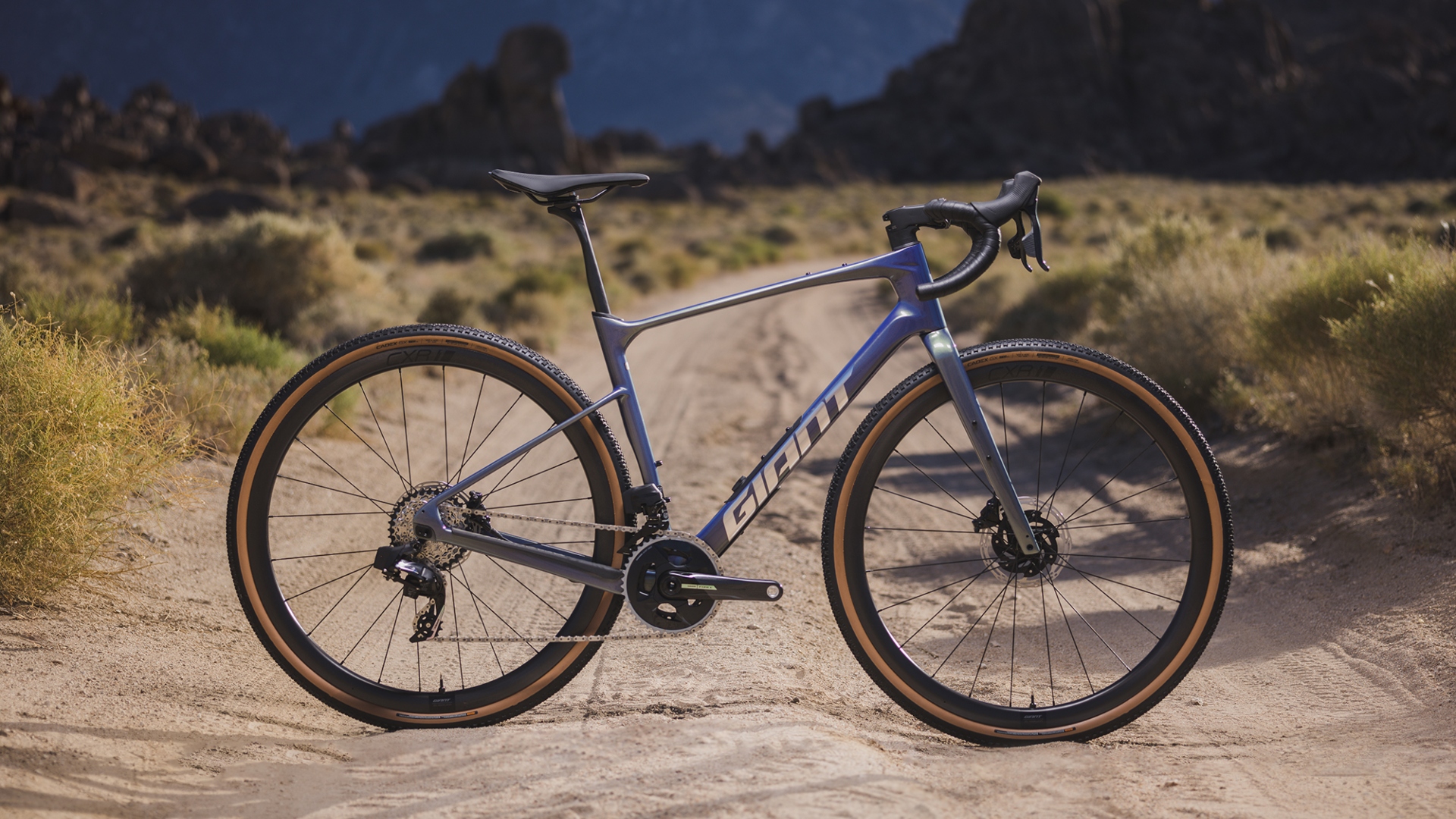

We had our suspicions when we glimpsed the unnamed Giant Prototype at Unbound and, almost a month to the day later, the Taiwanese marque has confirmed the launch of the brand-new Giant Revolt.
According to its makers, the all-carbon range has been re-engineered with a performance focus, while maintaining the comfort and control that Giant says the Revolt is known for.
This is the fourth generation for the decade-old Giant Revolt, which has been steadily evolving since its first introduction, responding to the demands of the fast-growing gravel bike race scene and its ever-increasing speeds.
Giant says that this new range was developed with Australian Brendan Johnston, who was indeed riding his pre-production Revolt Advanced Pro that we spotted at Unbound, and American professional gravel and mountain bike rider Cole Paton.
The result is, reportedly, a fast and versatile design. However, the biggest updates are the addition of integrated storage and the move to internal cable routing.
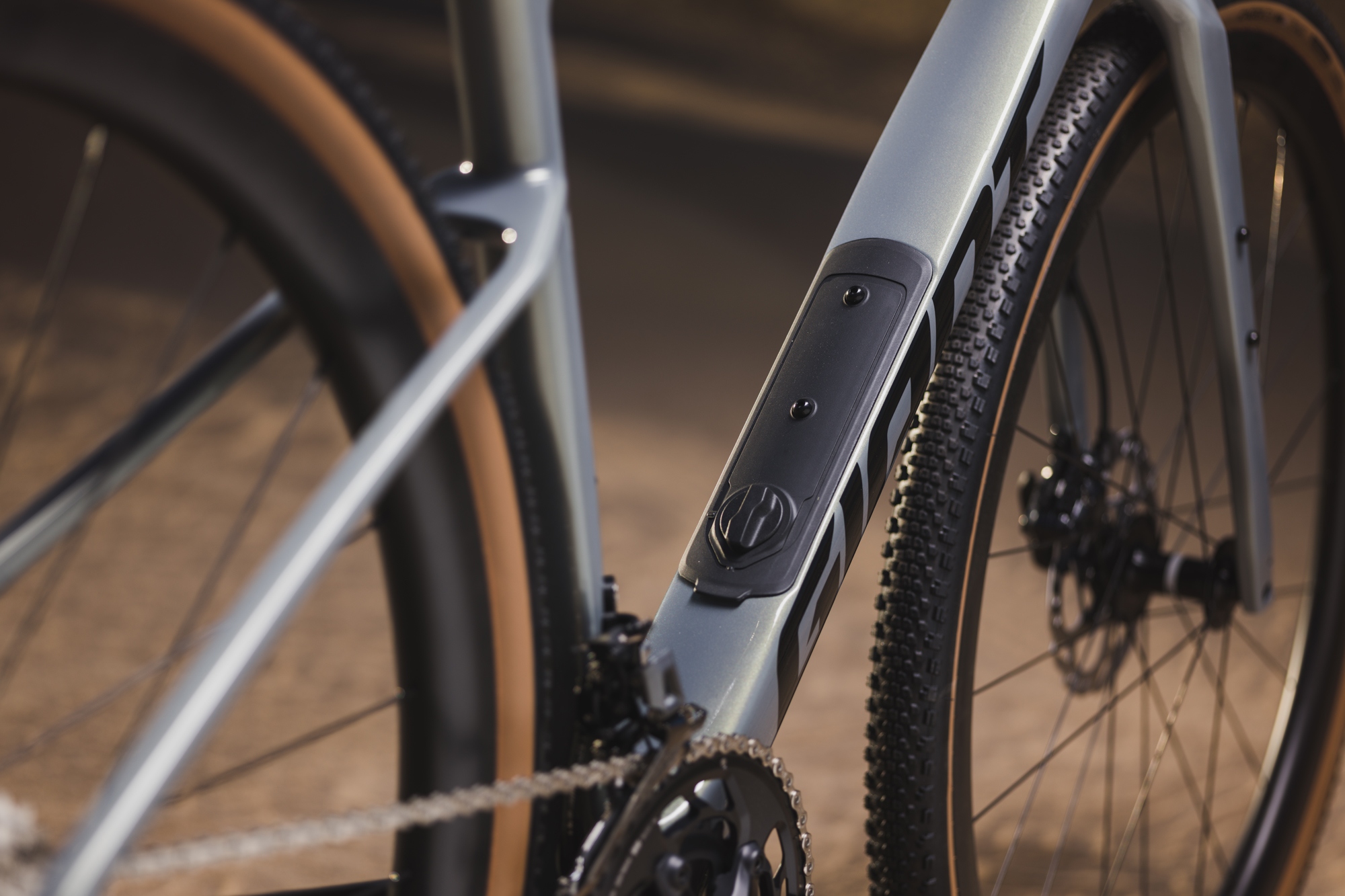
Storage solutions
The new downtube storage would no doubt have created significant head-scratching for the composite engineers at Giant. Finding a practical solution to carrying tools, snacks, and essentials, while ensuring that the compartment and contents don't interfere with the internal cable routing and maintaining the structural integrity of the downtube is no easy ask.
How exactly Giant has achieved this has not yet been revealed, although, borrowing new carbon layup technology from its road fairing sibling, the Giant TCR, will mean the frame is now likely to have a higher stiffness-to-weight ratio than the previous version. Giant has also confirmed a zero-weight penalty on the new frameset, although it hasn't lost any either.
Get The Leadout Newsletter
The latest race content, interviews, features, reviews and expert buying guides, direct to your inbox!
Either way, the new stowaway storage solution is in addition to the six-bottle cage mount options which carry over from the previous model, meaning that the latest Revolt could fast become an even more viable option for multi-day and long-range self-supported bike events.
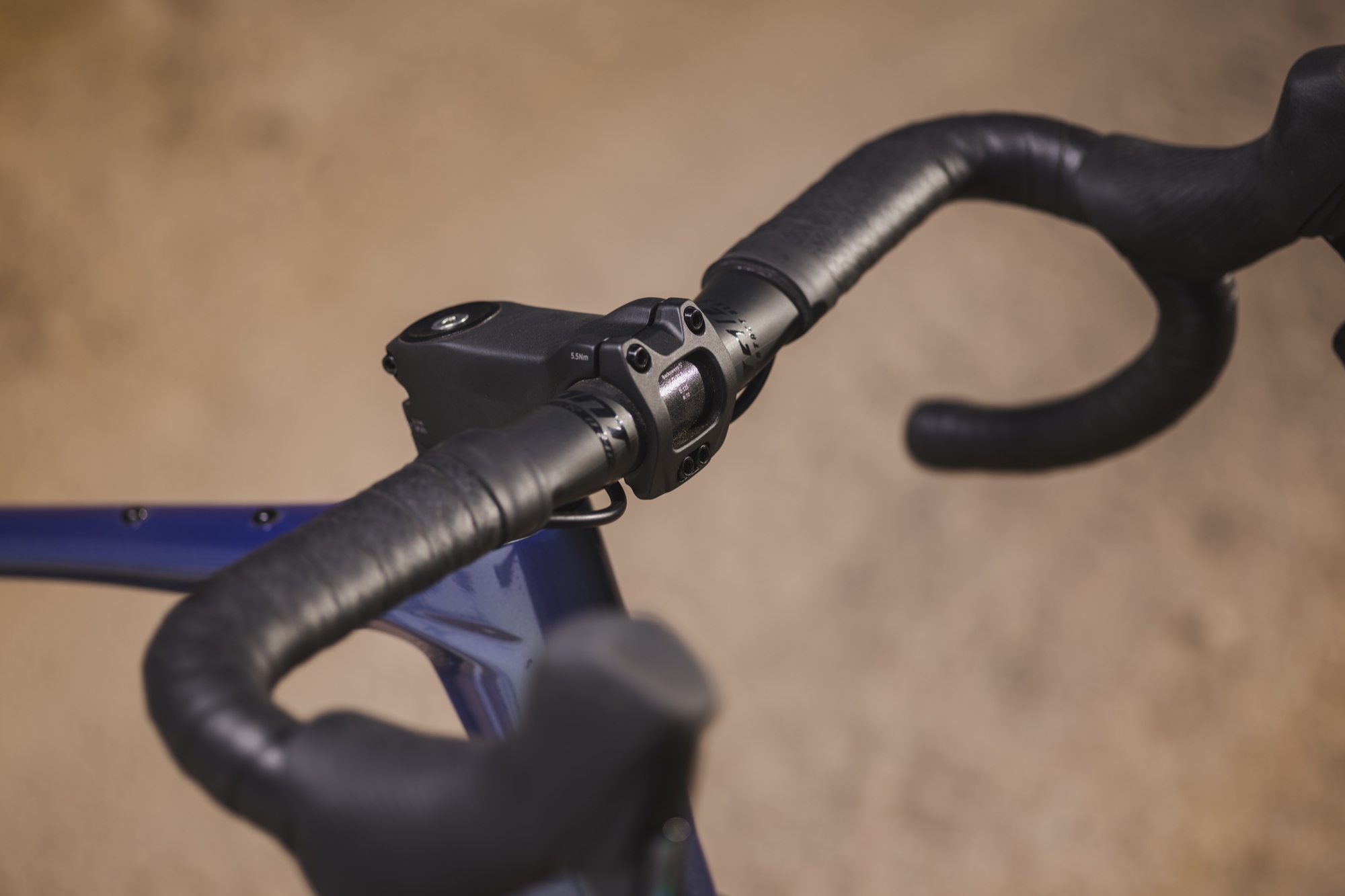
Purpose built components
Fans of Giant will already be familiar with the D-Fuse technology that the brand touts as its controlled compliance solution.
Gaining its name from the 'D-shaped' tubing found on the brand's finishing kit, has also been around for a decade, and aims to absorb shock and vibrations to help deliver a smoother ride.
The re-work of the components has also allowed the new Giant Revolt to present a clean and uncluttered cockpit, which, according to the brand, provides an improved aero performance than the previous model, although by exactly how much improvement is yet to be revealed.

Carry over
For Revolt fans, you'll be pleased to know that the range has kept many of the well-received existing features, such as the flip chip rear dropout which allows riders to adjust the wheelbase by up to fine-tune the handling for different types of terrain.
This short or long position not only allows the wheelbase to be extended 10mm (stock bikes are built in 'short' mode with a chain stay length of 425mm), but also enables a wider tyre choice too.
The wheelbase length, allows riders to choose between short and snappy or long and steady.
Flipped into the 'Long' mode allows for tyre sizes up to 53mm, while 'Short' limits the width somewhat, albeit still allowing a decent 45mm of clearance.
Giant Revolt - Models
The new range includes two series: Revolt Advanced Pro and Revolt Advanced.
All bikes come with a in-frame storage bag and are available in in sizes small to extra large, with the exception of the Revolt Advanced 2 which has an extra small option to choose from.

New Giant Revolt Advanced Pro 0
In terms of fully built bikes, the Giant Revolt Advanced Pro 0 sits at the top of the range, although is still somewhat modest compared to some brand's headline acts.
The Advanced SL-grade composite frame and Advanced SL-grade fork comes equipped with 2x12-speed SRAM Force eTap AXS, Giant Contact SLR XR D-Fuse bar with a Contact AeroLight stem, Giant CXR 1 wheelsystem and Cadex GX 40c tubeless tyres. This is priced at £5,599/ $7,000
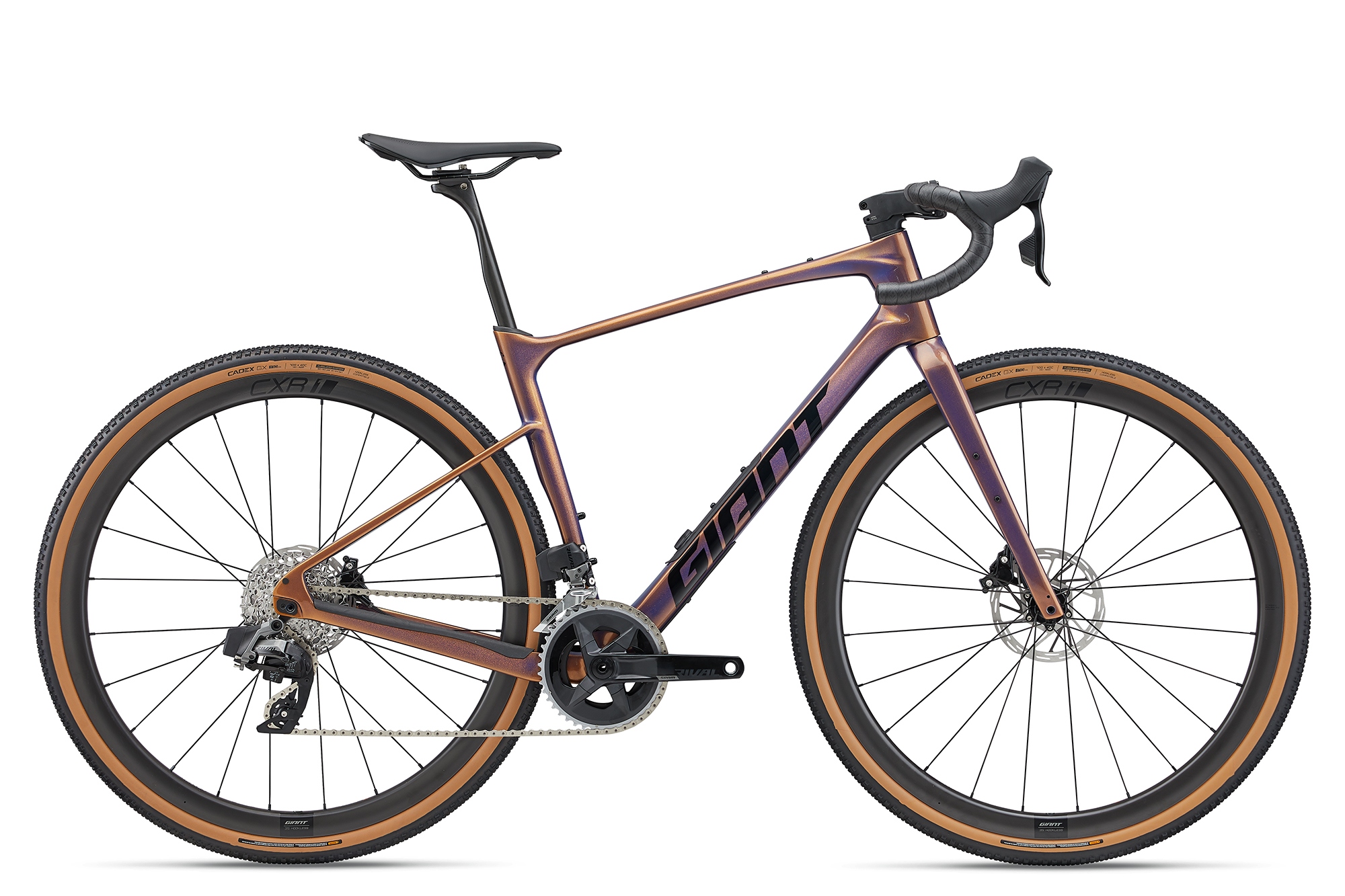
New Giant Revolt Advanced Pro 1
The Advanced Pro 1 keeps the same frame and finishing kit, but swops to 2x12-speed SRAM Rival eTap AXS is the Revolt Advanced Pro 0. Moving to a more accessible groupset will save on expenditure, with an RRP of £4,999/ $5,800
If you have a fancier build in mind, you could always opt for the Revolt Advanced Pro Frameset for an enticing price of just £1,899/ $2,400 and go wild with the specification.
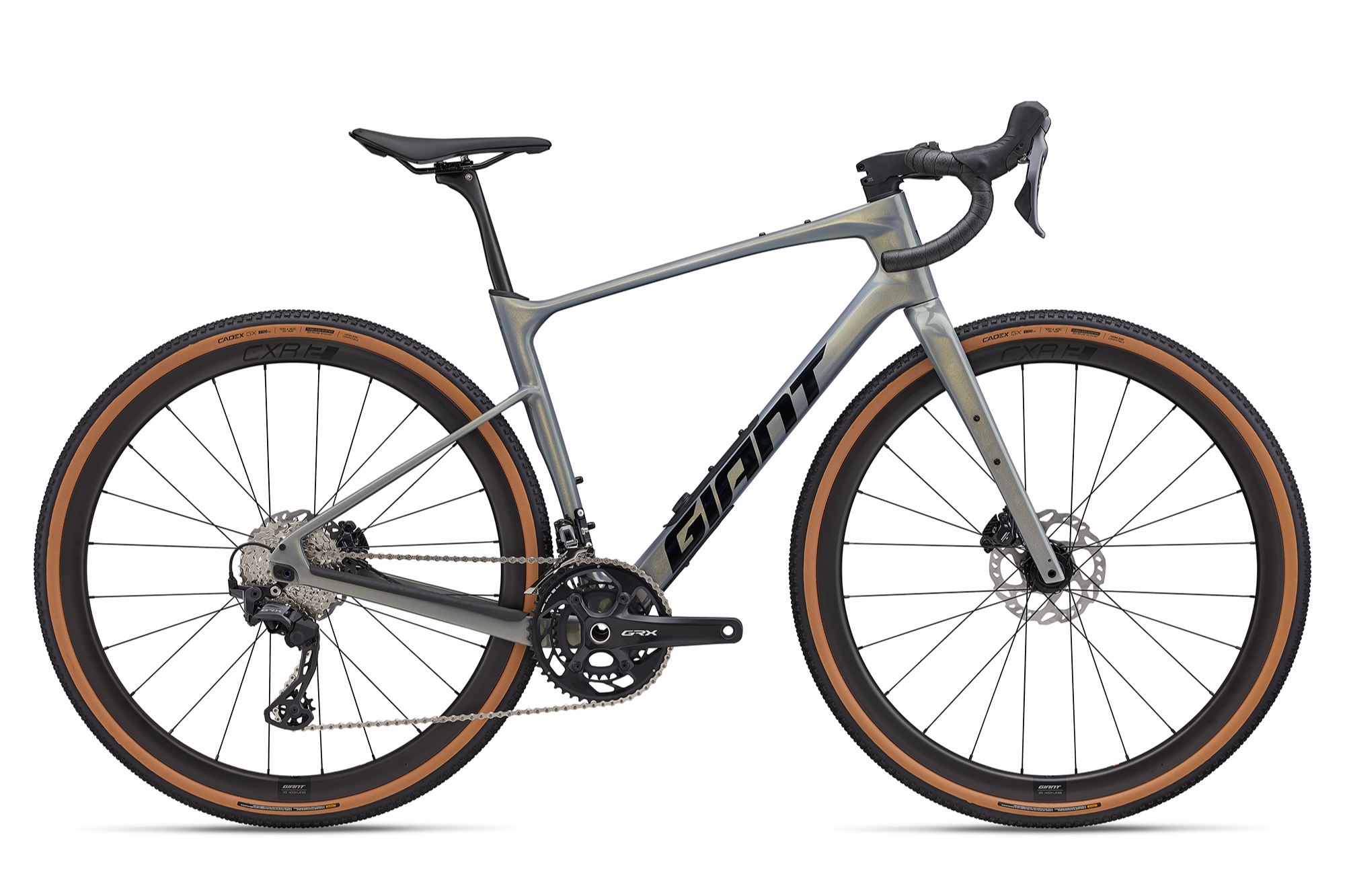
Giant Revolt Advanced 0
The Revolt Advance 0 retains the same frame as the Pro range, but drops the SL forks for Advanced-grade full composite version and swops to a Giant Contact XR D-Fuse bar, and SL seatpost. The Advance 0 also swops groupset brands, coming with 2x12 Shimano GRX, and a slightly cheaper Giant CRX carbon wheelsystem, but does keep the Cadex GX 40c tyres for £3,799/$4,500.
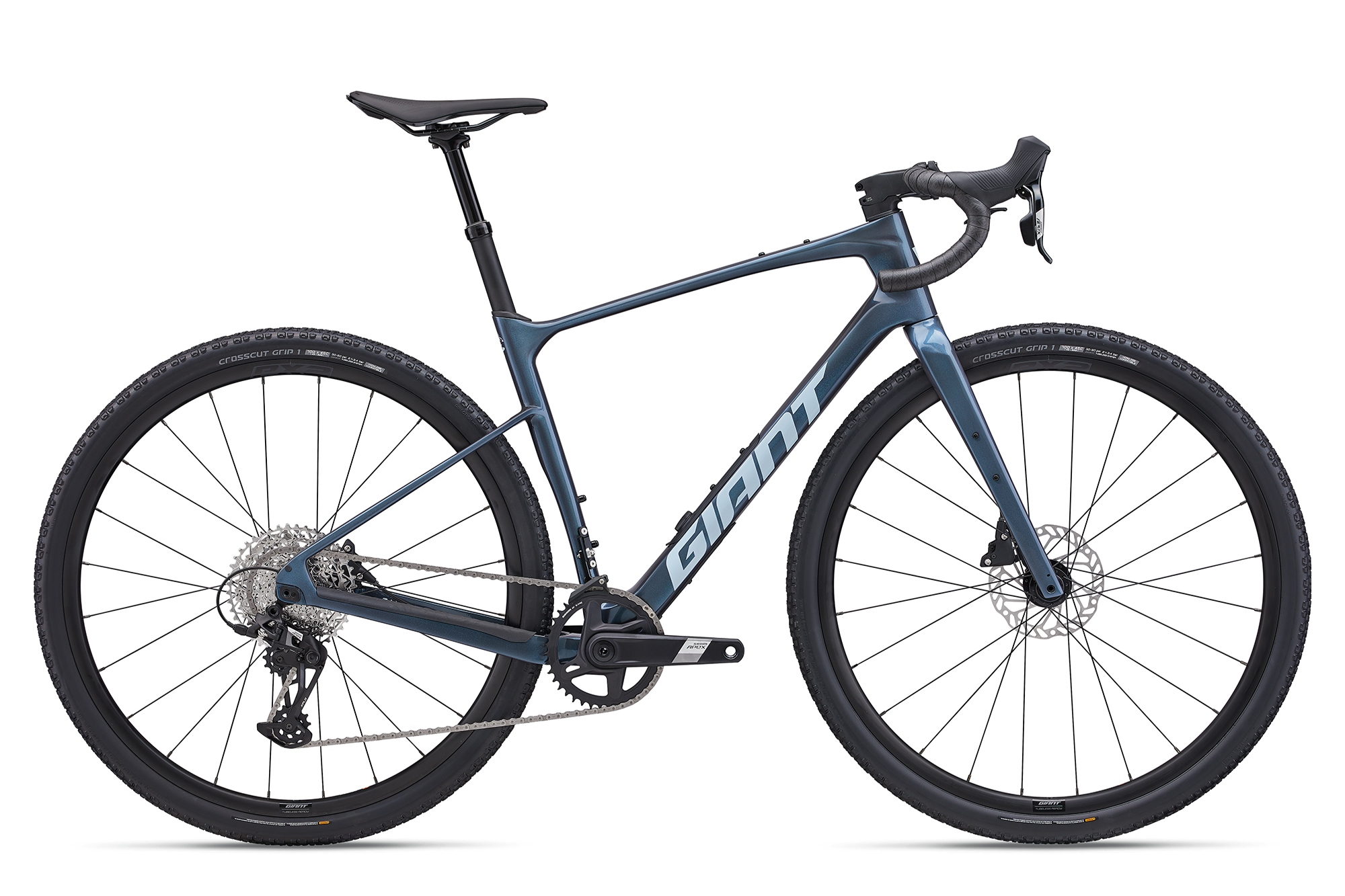
Giant Revolt Advanced 1
The Revolt Advanced 1 keeps the same frameset as the Advanced 0, but this time gains a Post Moderne dropper seat post for an additional 30mm of suspension. Swapping groupsets to a 1x 12s SRAM Apex, the Advanced 1 also switches to the Giant P-X2 alloy wheelset shod in Giant Crosscut Grip 45mm tyres for £3,099. Unfortunately, this model isn't an option for the US market.
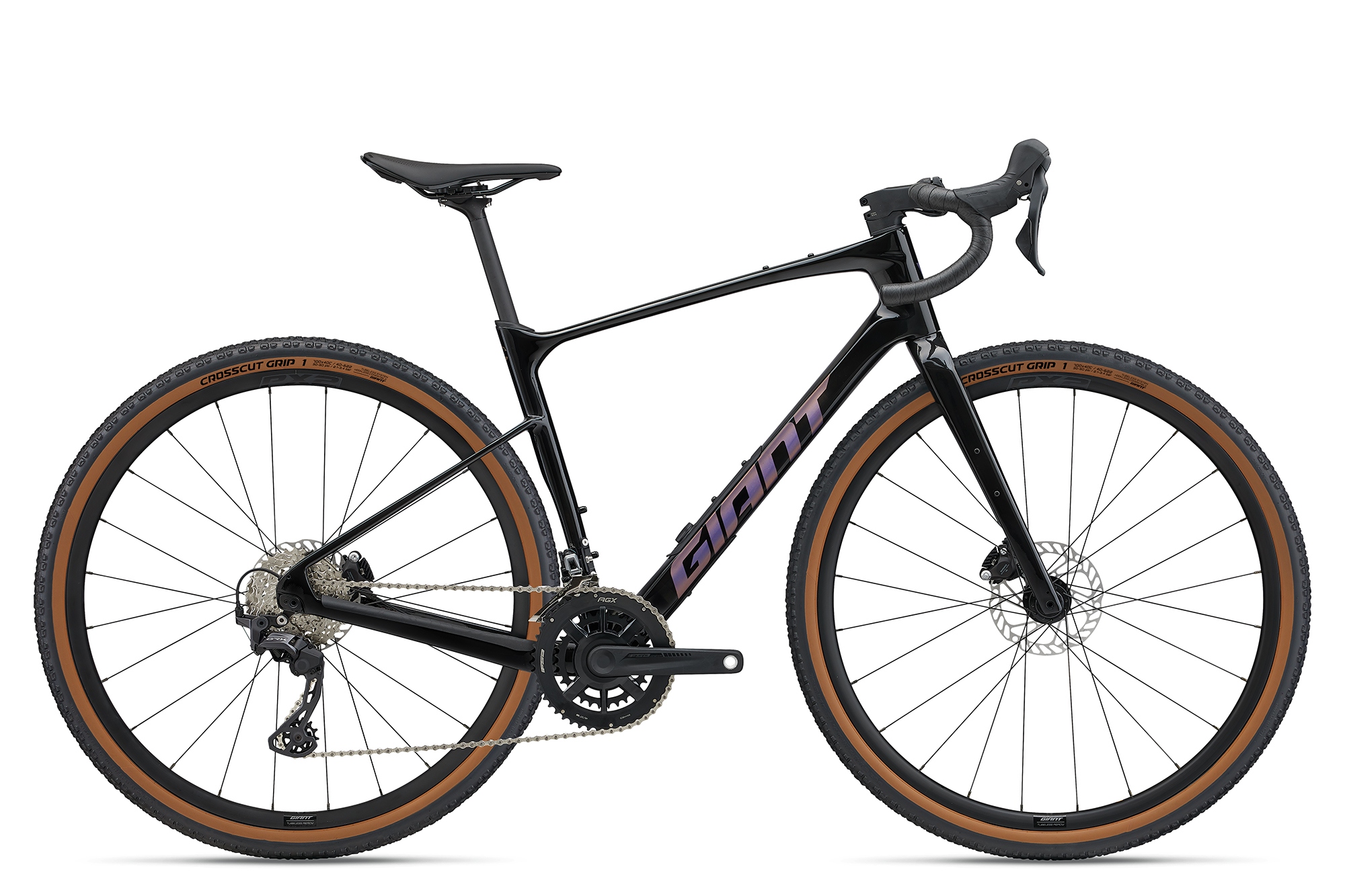
Giant Revolt Advanced 2
The Revolt Advanced 2 is a bit of a blend between the previous 0 and 1 models. The frameset stays the same, but goes back to a standard seatpost, this time however it's a composite Giant D-Fuse. The Advanced 2 also inherits Shimano GRX, but this version swops to an FAS Omega Moduar AGX+ crankset is fitted. Wheels and tyres match the Advanced 1 and comes with a price tag of £2,699/ $3,000.
The final bike in the range is the Revolt Advanced 3. Carrying over much of the Advance 2 features, the biggest adjustment is the Shimano Tiagra drivetrain and FAS Omega crankset for £2,499. Again unfortunately the Advanced 2 isn't a US available model.

Thank you for reading 20 articles this month* Join now for unlimited access
Enjoy your first month for just £1 / $1 / €1
*Read 5 free articles per month without a subscription

Join now for unlimited access
Try first month for just £1 / $1 / €1
Hannah is Cycling Weekly’s longest-serving tech writer, having started with the magazine back in 2011. She has covered all things technical for both print and digital over multiple seasons representing CW at spring Classics, and Grand Tours and all races in between.
Hannah was a successful road and track racer herself, competing in UCI races all over Europe as well as in China, Pakistan and New Zealand.
For fun, she's ridden LEJOG unaided, a lap of Majorca in a day, won a 24-hour mountain bike race and tackled famous mountain passes in the French Alps, Pyrenees, Dolomites and Himalayas.
She lives just outside the Peak District National Park near Manchester UK with her partner, daughter and a small but beautifully formed bike collection.
-
 Mike's Bikes 'mega sale' is live and site wide with discounts over 50%
Mike's Bikes 'mega sale' is live and site wide with discounts over 50%Running until Sunday all products are discounted including complete bikes, clothing, smart trainers and much more
By Luke Friend
-
 Can you be a pro athlete and an environmentalist? Earth Day reflections from a pro cyclist trying to be both
Can you be a pro athlete and an environmentalist? Earth Day reflections from a pro cyclist trying to be bothHow Sarah Sturm reconciles her life as a pro cyclist with her environmental values
By Sarah Sturm